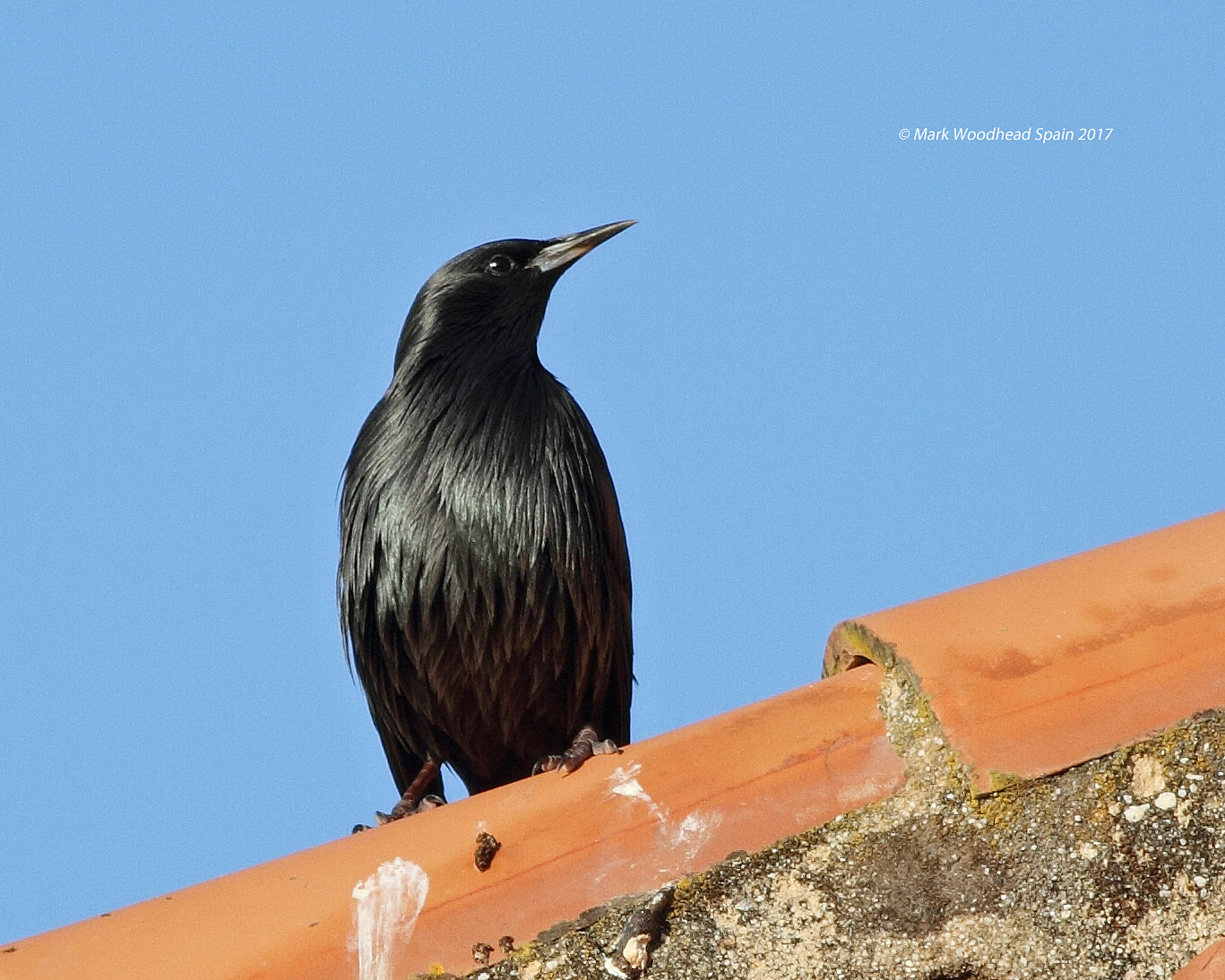
Valera F, Hoi H, Schleicher B (1997) Egg burial in penduline tits, Remiz pendulinus: its role in mate desertion and female polyandry. Tanner M, Richner H (2008) Ultraviolet reflectance of plumage for parent-offspring communication in the great tit ( Parus major). Soler JJ, Navarro C, Pérez-Contreras T, Avilés JM, Cuervo JJ (2008) Sexually selected egg coloration in spotless starlings. Soler JJ, De Neve L, Martinez JG, Soler M (2001) Nest size affects clutch size and the start of incubation in magpies: an experimental study. Soler JJ, Møller AP, Soler M (1998) Nest building, sexual selection and parental investment.

Sheldon BC (2000) Differential allocation: tests, mechanisms and implications. Institute SAS (1999) SAS user's guide, 8th edn. Pryke SR, Griffith SC (2006) Red dominates black: agonistic signalling among head morphs in the colour polymorphic Gouldian finch. Polo V, Veiga JP (2006) Nest ornamentation by female spotless starlings in response to a male display: an experimental study. Parejo D, Pérez-Contreras T, Navarro C, Soler JJ, Avilés JM (2008) Spotless starlings rely on public information while visiting conspecific nests: an experiment. Moreno J, Soler M, Møller AP, Linden M (1994) The function of stone carrying in the black wheatear, Oenanthe leucura. Harvard University Press, Harvard, pp 90–147 In: Hill GE, McGraw KJ (eds) Bird coloration, vol. Møller AP (1991) The effect of feather nest lining on reproduction in the swallow Hirundo rustica. Lombardo MP, Bosman RM, Faro CA, Houtteman SG, Kluisza TS (1995) Effect of feathers as nest insulation on incubation behavior and reproductive performance of Tree Swallows ( Tachycineta bicolor). Hunt S, Kilner RM, Langmore NE, Bennett ATD (2003) Conspicuous, ultraviolet-rich mouth colours in begging chicks. Hansell MH (2000) Bird nests and construction behaviour. Götmark F, Ahlund M (1984) Do field observers attract nest predators and influence nesting success of common eiders? J Wildl Manage 48:381–387

Wilson Bull 93:249–258Įndler JA (1990) On the measurement and classification of colour in studies of animal colour patterns. Am Nat 132:611–628Ĭlark KL, Robertson RJ (1981) Cowbird parasitism and evolution of anti-parasite strategies in the yellow warbler. Proc Natl Acad Sci U S A 94:8618–8621īurley N (1988) The differential-allocation hypothesis: an experimental test. Am Nat 171:327–338īennett ATD, Cuthill IC, Partridge JC, Lunau K (1997) Ultraviolet plumage colors predict mate preferences in starlings. Behav Ecol 17:310–314Īvilés JM, Pérez-Contreras T, Navarro C, Soler JJ (2008) Dark nests and conspicuousness in color patterns of nestlings of altricial birds. Proc R Soc Lond B 273:2821–2829Īvilés JM, Soler JJ, Pérez-Contreras T, Soler M, Møller AP (2006b) Ultraviolet reflectance of great spotted cuckoo eggs and egg discrimination by magpies. Behav Ecol 15:805–809Īvilés JM, Soler JJ, Pérez-Contreras T (2006a) Dark nests and egg colour in birds: a possible functional role of ultraviolet reflectance in egg detectability. These results suggest a minor role of ultraviolet coloration on feather location by spotless starlings.Īlonso-Alvarez C, Doutrelant C, Sorci G (2004) Ultraviolet reflectance affects male-male interactions in the blue tit ( Parus caeruleus ultramarinus). However, feathers placed within the nest-cup were more likely found with their reverse side oriented toward the entrance hole confirming our correlative findings. Orientation of feathers toward the entrance hole was not related with their ultraviolet radiation. Starlings placed 42.5% of the experimental feathers in the nest-cup irrespective of the UV block treatment.

Here we experimentally assess the signaling function of ultraviolet coloration of feathers in nests of spotless starlings by providing nests with a number of pigeon flight feathers that were respectively treated on their obverse, reverse, both, or neither side with a UV blocker. Of these feathers, 82.7% were naturally positioned with their reverse side oriented toward the entrance hole and 42.4% of all found feathers were situated within the nest-cup. In our population, 95.7% of feathers found inside next-boxes occupied by nesting starlings were rock dove fly feathers. Recently, however, it has been suggested that feathers carried to the nests by females of the spotted starling ( Sturnus unicolor L.) could have an ornamental function based on their ultraviolet (300–400 nm) and human-visible longer wavelength (400–700 nm) coloration. Feathers’ presence in the nests has traditionally been explained by their insulating properties. A considerable number of bird species carry feathers to their nests.


 0 kommentar(er)
0 kommentar(er)
